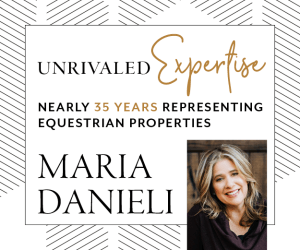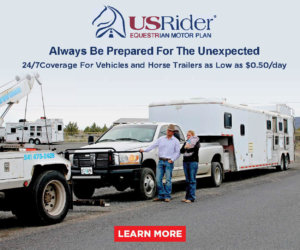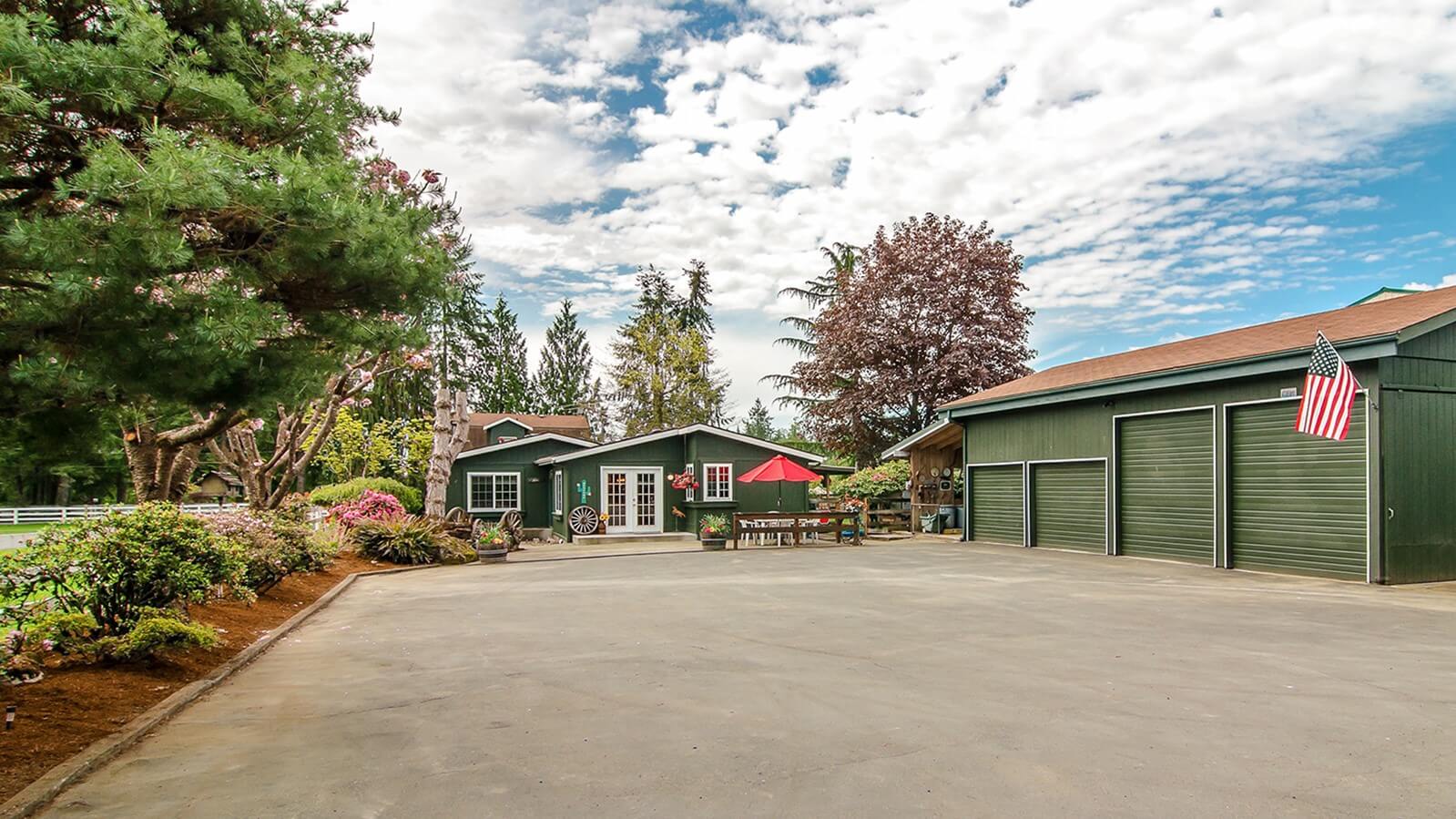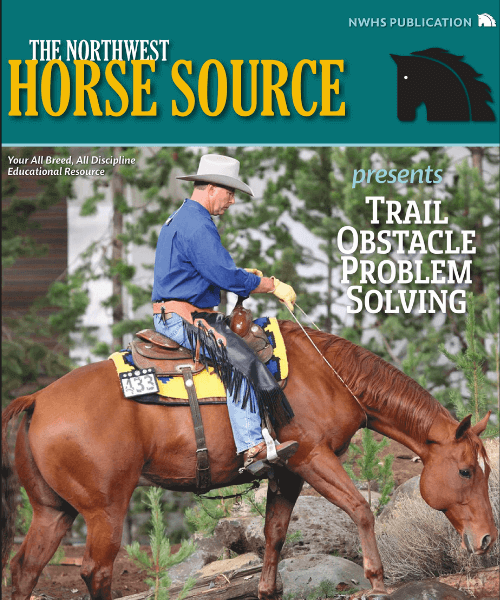Manufactured homes in America date to the 1870s with homes along the beachfront that were moved by teams of horses. By 1948, mobile homes had become more widely produced and by 1976 the US Congress passed the National Manufactured Housing Construction and Safety Act which assured that all homes were built to national standards. In 1980, congress approved changing the term “mobile home” to “manufactured home.”
Mobile home parks come to mind for many, but in the Pacific Northwest, it is common to see a manufactured home on acreage. In this current market, many buyers are priced out of stick-built homes. At the same time, buyers are unfamiliar with manufactured homes. Here is some information to keep in mind whether you are buying or selling a manufactured home.
Building codes for manufactured homes have evolved over the years and the homes now often have high end finish options. What can often be more important than the way the home was built is how well it has been cared for over the years. Overseen by Labor and Industries (L&I), building codes for manufactured homes do not allow the roof to be layered over. Any re-roofing, other than patching, requires that the original roof be removed, rather than installing a second layer. Fortunately, home inspectors are there to examine the condition of the home and give suggestions on repairs.
I think one of the best features of a manufactured home is that they often have vaulted ceilings, open floor plans, large bedrooms, full bathrooms, and the square footage is all usable space. Typically, the design of the house is a rectangle, but some designs have porches or are triple wide, offering some variety to the presentation.
Lending
For many years, lending on manufactured homes was very tight, with only some loan products offering financing. That stigma has followed those properties, though now, nearly every loan program will finance a manufactured home. There are, however, some things that are different in financing a manufactured home.
Age of home: Most lenders will finance anything that was built after June of 1976, when the Safety Act was passed. Typically, the older the home, the higher the interest rate.
Jumbo loans: Currently, there are no lenders that offer a jumbo loan product for a manufactured home. Why is this important to know? There are many occasions when a home sits on large acreage or is part of a larger farm whose value is quite high. Current conventional loan limits in Whatcom County are $548,250, so any value above that must come in the form of cash. We have had that become an issue on several properties.
Tags and plates: Manufactured homes are considered personal property, like a car, and are licensed as such until the title is eliminated, affixing the home to the property legally. Title elimination will be required for a home mortgage. For lending purposes, the tag (usually found inside a kitchen cupboard) giving the specifications of the home, and the plate (found on the outside of the home) will be required by the appraiser. If they are not present, they must be ordered from L&I at an additional cost.
Modifications: Very few lenders will loan on a manufactured home that has been modified, or more commonly, has a deck or an addition that is attached to the home. Technically, any modifications to the home requires a permit from L&I, and it is rare to see that happen. Many portfolio lenders look past that, but anything underwritten by the federal government does not allow unpermitted additions.
Engineering certificate: Many loan programs will require a certificate from an engineer stating that the method of anchoring the manufactured home to the ground is acceptable. This is an additional cost to the buyer.
Moved: It is not uncommon to see a manufactured home that’s been moved from one property to another. Unfortunately, the most current lending laws do not allow financing on any manufactured home that has been moved more than once (from the sale lot to the home site). The only loan programs that will finance a moved home are portfolio lenders and VA loans. This does often affect the sale price of a home because it limits the potential buyers, and often has a higher interest rate assigned.
Shortly after I moved to Whatcom County in 2000, my family bought a manufactured home on 7.5 acres for $171,000. It was a new home at the time, and the outdoor arena and 8-stall barn were already in place. At the time, the belief was that manufactured homes would not increase in value, only the land would appreciate.
In 2016 when we considered building on the same property, we realized very quickly that removing the manufactured home and replacing it would cost us roughly $200,000 in equity (comparing sale prices of raw land to those with a home on it). That reality led us to purchase new property to build on and keep the first property as a rental. Now, the value of our first property is closer to $550,000.
What’s the takeaway? The stigma of manufactured homes is slowly going away. With a more attainable sales price, a manufactured home can be a wonderful option for making sure a buyer has the quality of life that rural living offers!

The Northwest Horse Source is an independently owned and operated print and online magazine for horse owners and enthusiasts of all breeds and disciplines in the Pacific Northwest. Our contemporary editorial columns are predominantly written by experts in the region, covering the care, training, keeping and enjoyment of horses, with an eye to the specific concerns in our region.







